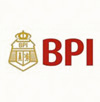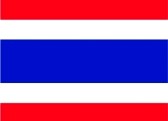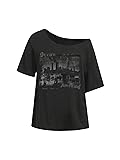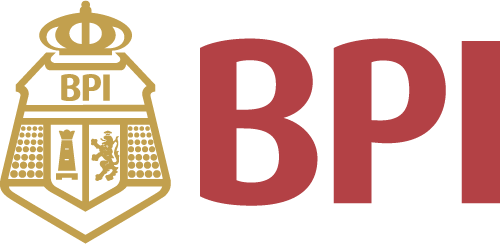All Categories



Johann Sebastian Bach: Sonatas and Partitas for Solo Violin, BWV 1001-1006
Share Tweet
Get it between 2025-08-22 to 2025-08-29. Additional 3 business days for provincial shipping.
*Price and Stocks may change without prior notice
*Packaging of actual item may differ from photo shown
- Electrical items MAY be 110 volts.
- 7 Day Return Policy
- All products are genuine and original
- Cash On Delivery/Cash Upon Pickup Available








About Johann Sebastian Bach: Sonatas And Partitas For
I have been familiar with Johann Sebastian Bach's solo violin works since I began studying the violin at an early age with the concertmaster of the Iceland Symphony Orchestra, Bjorn Olafsson (1917-1984). He considered these compositions the violinist's Bible, and I was fortunate enough to play them all under his guidance. Olafsson's tutor had been Adolf Busch. My last teacher, Gerald Beal (1932-2002), who studied with Jascha Heifetz for six years, has left his mark on my interpretation, with his inventive fingering solutions and clear musical approach. [Hlif Sigurjonsdottir] Johann Sebastian Bach was born in Eisenach in 1685. At the age of 10, after the death of both his parents, he went to live with his oldest brother, Johann Christoph, who was an organist at Ohrdruf. After working as an organist and court musician, Johann Sebastian was appointed to the court of Margrave Wilhelm Ernst of Weimar in 1708. Six years later, he became the concertmaster of the court. In 1717, he left Weimar for the court of Prince Leopold of Anhalt-Cothen, where he remained until 1723. He then went to Leipzig, where he lived and worked until his death in 1750. In Leipzig Bach was the cantor at the church of St. Thomas and from 1729 also the director of the Collegium Musicum, which had been founded in 1702 by Telemann. At Weimar, Bach was employed as an organist, and he wrote many of his organ works during this period. Here he achieved renown as a virtuoso organist. In Cothen, on the other hand, he had no ecclesiastical duties, but was responsible for all the music performed at the court. During this period, he composed many pieces for a variety of instruments. In Leipzig he composed both devotional and secular works. Bach composed the six solo violin works - three sonatas and three partitas in Cothen in 1720, when he was 35 years old. He based them upon the rich traditions of the German violin school. It has been suggested that he may have composed them as studies, as Paganini later did with his 24 Caprices. It is very clear that Bach was thoroughly familiar with the violin, and his fertile imagination discerned previously unknown potential in the instrument and its music. Hlif Sigurjonsdottir was born in Denmark, of a Danish mother and Icelandic father, and grew up in Iceland. Upon graduation from the Reykjavík College of Music, she furthered her violin studies at the Universities of Indiana and Toronto where her teachers were Franco Gulli and Lorand Fenyves, and at the Banff School of Fine Arts. Later she took private lessons in New York from the renowned violinist and teacher Gerald Beal. During the time of her studies, she was fortunate to work with many of the leading musicians of the twentieth century, including William Primrose, Janos Starker, Georges Janzer, György Sebök and the members of the Hungarian String Quartet. Hlíf has given numerous concerts as a soloist and with various ensembles and orchestras. She has premiered a number of works, some of which were dedicated to her. Hlíf has recorded a number of CDs which have been highly praised. Her recent release, Dialogus [MS1551], contains World Premiere Recordings of compositions written for her. Performed on a violin by Christophe Landon and with a bow by Isaac Salchow (Sonatas) and on a violin by G. Sgarabotto and with a bow by Gilles Nehr (Partitas).



























